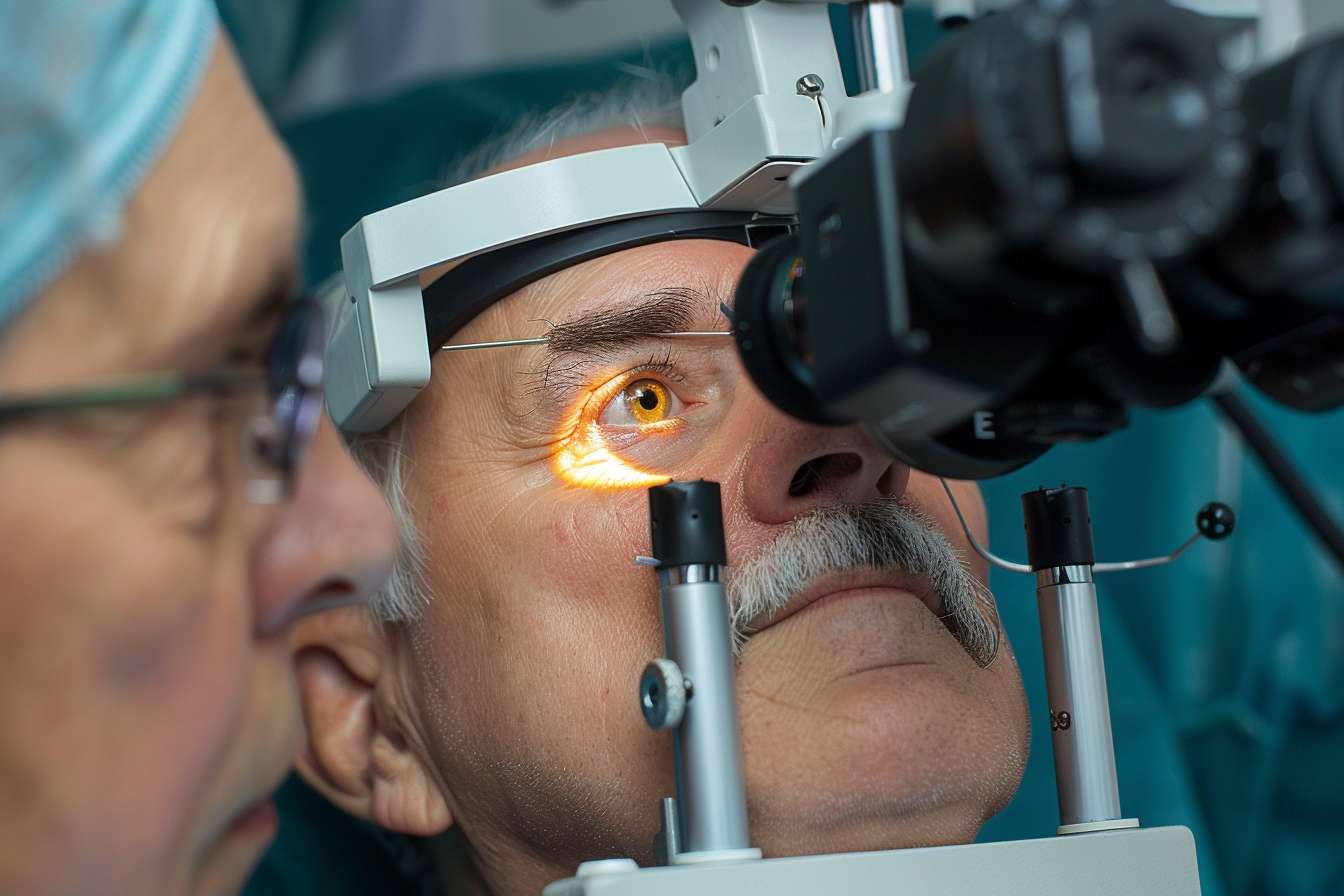Understanding LASIK Eye Surgery: A Comprehensive Guide to Vision Correction
LASIK eye surgery has revolutionized vision correction, offering millions of people freedom from glasses and contact lenses. This advanced laser procedure reshapes the cornea to correct common vision problems like nearsightedness, farsightedness, and astigmatism. As you consider this life-changing procedure, it's essential to understand how it works, its benefits, and what to expect.

How Does LASIK Surgery Work?
LASIK (Laser-Assisted In Situ Keratomileusis) uses precise laser technology to reshape your cornea, allowing light to focus properly on the retina. During the procedure, a surgeon creates a thin flap in the cornea’s surface, then uses an excimer laser to remove microscopic amounts of tissue underneath. This reshaping process typically takes just minutes per eye and is performed under local anesthetic drops.
Who Is a Good Candidate for LASIK?
Not everyone qualifies for LASIK surgery. Ideal candidates are typically:
-
18 years or older with stable vision
-
Free from certain eye diseases or conditions
-
Have adequate corneal thickness
-
Not pregnant or nursing
-
Have realistic expectations about the outcome
-
No history of certain autoimmune disorders
Benefits Over Glasses and Contact Lenses
LASIK offers several advantages compared to traditional vision correction methods:
-
Long-term vision improvement
-
Freedom from daily eyewear maintenance
-
Reduced ongoing vision correction costs
-
Immediate results in most cases
-
Enhanced lifestyle flexibility for sports and activities
-
No more foggy glasses or lost contact lenses
Understanding LASIK Costs and Coverage
The cost of LASIK surgery varies significantly based on location, technology used, and surgeon experience.
| Provider Type | Average Cost Per Eye | Technology Level |
|---|---|---|
| Basic LASIK | $1,500 - $2,500 | Standard |
| Custom LASIK | $2,000 - $3,000 | Advanced |
| Wavefront | $2,500 - $3,500 | Premium |
Prices, rates, or cost estimates mentioned in this article are based on the latest available information but may change over time. Independent research is advised before making financial decisions.
Recovery and Aftercare
Most patients experience improved vision within 24 hours after surgery. However, complete healing may take several weeks. During recovery:
-
Avoid rubbing your eyes
-
Use prescribed eye drops as directed
-
Attend all follow-up appointments
-
Wear protective eyewear when sleeping initially
-
Avoid swimming and contact sports for several weeks
-
Stay away from eye makeup for at least a week
Potential Risks and Side Effects
While LASIK is generally safe, understanding potential risks is crucial:
-
Temporary dry eyes
-
Light sensitivity
-
Glare or halos around lights
-
Possible need for enhancement surgery
-
Rare complications like infection
-
Under or over-correction of vision
Regular eye exams and following post-operative care instructions help ensure the best possible outcomes. While LASIK can significantly reduce dependence on glasses or contacts, some patients may still need corrective lenses for certain activities or as they age.
This article is for informational purposes only and should not be considered medical advice. Please consult a qualified healthcare professional for personalized guidance and treatment.






